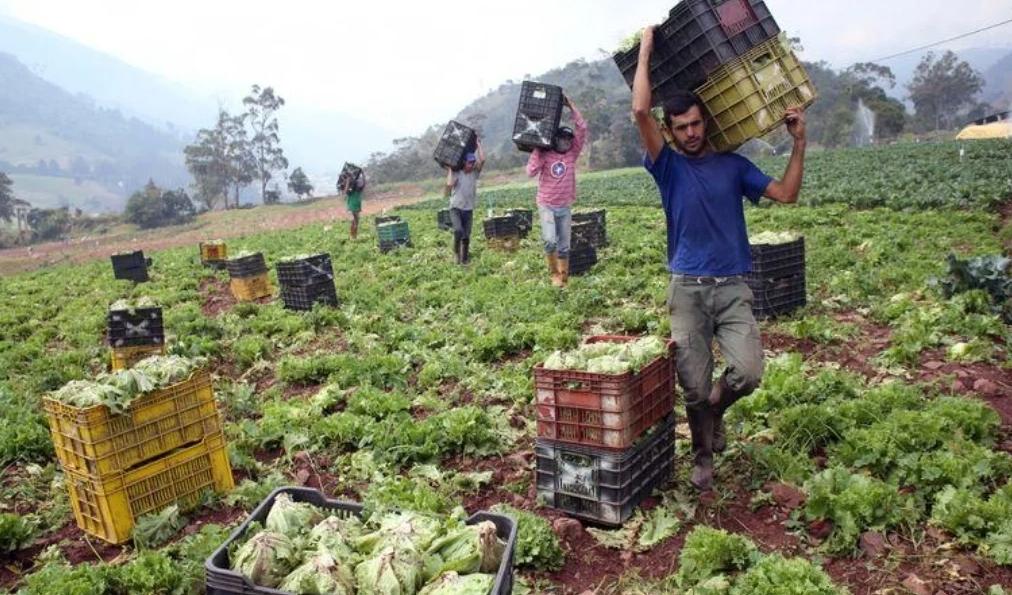Shortage of lettuce forces KFC to put cabbage in its burgers for sale
Australia is facing a lettuce shortage that has caused prices to spike and even prompted fast-food giant KFC to put cabbage in its burgers.
The company has notified customers that it will use a mix of lettuce and cabbage in all of its restaurants, citing supply chain disruptions after heavy flooding on the East Coast wiped out much of the lettuce crop earlier in the year.
Australian consumers have also been hit by exorbitant prices for the humble salad ingredient in supermarket aisles. Shoppers are venting on social media about paying around A$12 ($8.61) for a head of iceberg lettuce, as well as higher prices for other produce, with costs exceeding A$25 for a watermelon.
From lettuce to poultry, in 2022 there has been no shortage of food supply setbacks. It is at least the second time this year that KFC Australia has run out of a ready supply of key components for some of its most popular offerings. He had to cut menu items in January amid chicken shortages.
The impact of the sticker for fruit and vegetables in Australia is mainly due to weather events such as floods, according to government meteorologist Abares. The nation is still grappling with pandemic-related supply chain disruptions and persistent labor shortages, as well as access to important imported machinery.
“In normal times, fruit and vegetable prices tend to recover relatively quickly and return to normal as production in other areas becomes available to fill supply gaps,” Abares said in his quarterly outlook on Tuesday. “However, in 2022-23, almost every aspect of the supply chain will face inflationary pressures.”
That brings Australia, a major agricultural exporter, in line with the rest of the world as food costs rise. The Russian invasion of Ukraine has entangled global supply chains and pushed up the price of vital agricultural inputs like fertilizer and diesel. A United Nations indicator of world food prices is near record levels.
Consumer prices for fruit and vegetables in Australia increased strongly in the March quarter, by 4.9% and 6.6% respectively, according to Abares.


Recent Comments